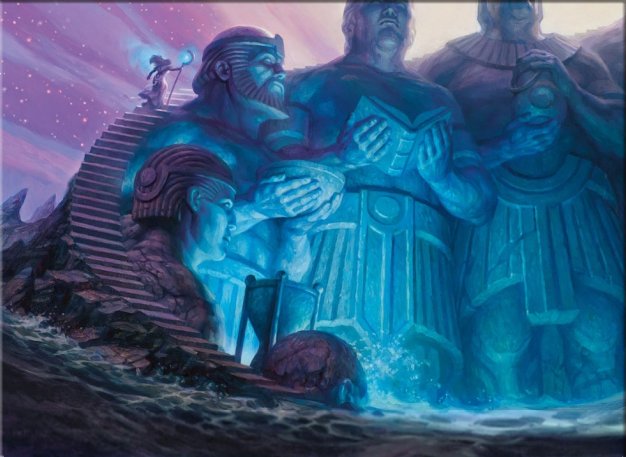
In Magic: The Gathering, card draw is one of the most important mechanics for maintaining consistency and gaining an advantage over opponents. A card draw spell or effect lets a player replace itself and often go further, pulling extra resources into the hand. This ensures a steady flow of options, helping players avoid “top-decking”—relying on just the next card drawn each turn.
In a game defined by resource management and tempo, the ability to see more cards than your opponent often translates directly into higher chances of winning.
One of the most basic yet effective reasons to include card draw in a deck is to improve consistency. Even the strongest strategy falters if key pieces are never drawn. Whether it’s a combo deck looking for specific synergies, a control deck searching for answers, or an aggro deck trying to refuel after dumping its hand, card draw helps smooth out variance. Drawing extra cards turns a deck from a loose collection of threats and answers into a reliable engine.
Card draw also generates card advantage—one of the core concepts of strategic play in Magic. A simple spell like Divination may not seem flashy, but trading one card for two gives a net gain in resources. More powerful spells, like Fact or Fiction or Rhystic Study, can bury opponents under the weight of accumulated advantage. This edge matters most in grindy matchups, where outlasting your opponent becomes the path to victory.
Moreover, card draw effects enable tactical flexibility. More cards mean more choices—more ways to respond to threats, pivot strategies, or bluff your way to a better position. For control decks,, especially, being reactive depends on having the right answers at the right time. Drawing multiple cards each turn increases the odds of finding those answers. It’s not just about power—it’s about control over how the game unfolds.
In conclusion, card draw spells and effects are essential for any well-built Magic: The Gathering deck. They provide consistency, card advantage, and tactical flexibility—three pillars of successful gameplay. Ignoring card draw weakens a deck’s ability to execute its plan or recover from disruption. Whether you’re playing casually or competitively, having access to more of your deck means playing with more of your potential.
Thanks for reading, and until the next blog post.
